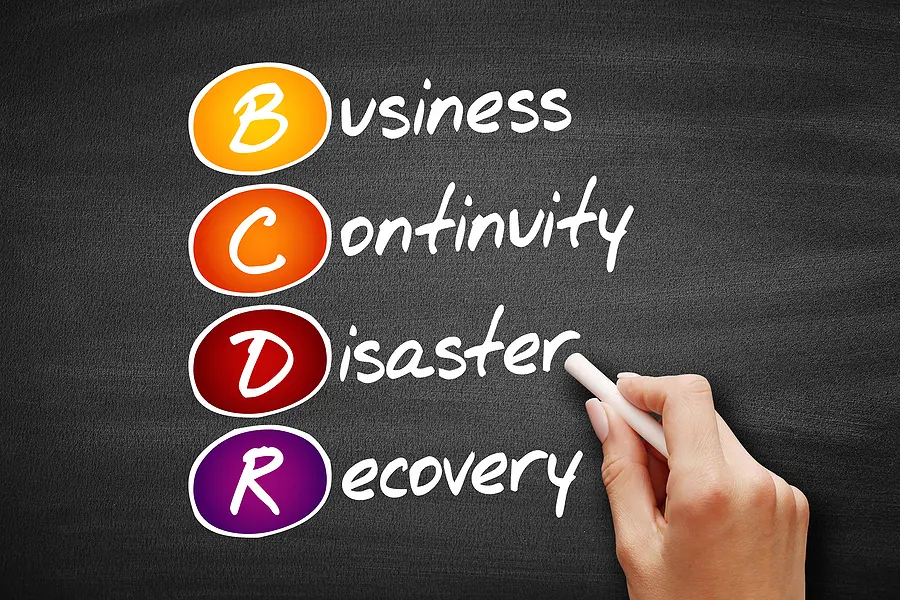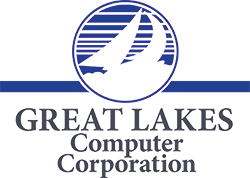Disaster Protection
Maintenance Services
Why Your Business Needs BCDR Now

Disasters sometimes strike. They can take on many forms (fire, hurricane, earthquake, theft, etc.) and either be localized or fully global. The COVID-19 Pandemic was one particular example on a global scale, but it’s far from the only kind of catastrophic event we can expect. That’s why it is important that your business has a business continuity (BC) and disaster recovery (DR) plan in place. It’s vital to keep you from being swamped (maybe literally) by unforeseen events.
You can’t control when or if trouble arrives. But by making fundamental preparations for emergencies, you can at least ride out the worst until it passes. This applies to the safety of your staff, your business operations, and most sensitively, your company’s IT security.
Avoid Downtime and Digital Asset Loss With BCDR
Your digital property—data, and the hardware that supports them—are the engine of your business. This is the case with nearly any company. It especially applies to companies working in digital service or product niches in which there’s practically no tolerance for downtime.
You simply can’t afford to interrupt the valuable IT assets that your business uses, let alone lose them entirely. Fortunately, both BC and DR are especially favorable for protecting IT infrastructure. Unlike physical offices and products, IT systems can be de-localized almost completely and made multiply redundant through remote backup versions. Fortunately, these qualities make BCDR for IT manageable to implement and maintain.


Applying Business Continuity to IT Assets
Business Continuity for your IT assets works by ensuring that they’re hardened against disaster-related interruptions in any one location. In other words, if you use servers for customer accounts and other vital business data, make sure that those servers are backed up regularly and remotely to another location. Alternatively, if you don’t mind trusting major third-party hosting services, you can simply run your IT and data architecture through the cloud, which is globally accessible to you, yet secure.
Your IT software architecture for vital customer services should also be protected in the same way. You can run key business services through major third-party software providers. Such platforms give you the peace of mind in knowing that your IT infrastructure is remotely operational. On the other hand, if you prefer to manage your own software, ensure that it’s also hosted in another location from which it can be activated if a disaster strikes.
These same rules apply for your business IT staff. In this case, on the one hand, you have the option of having your own remote work staff handle IT management even if your offices are affected by a disaster. On the other hand, you can hire a trustworthy third-party managed IT services provider for business-critical data security and continuity. With this latter option, you can ensure that your company’s IT management is in safe hands with a provider that’s resilient to location-specific disasters.
Applying Disaster Recovery to IT Assets
Data Recovery of IT assets is a direct offshoot of sound Business Continuity practices. If you’ve correctly backed up all your essential business data, recovering them after a place-based IT disaster becomes much easier. With all your assets available remotely, your organization doesn’t even need to interrupt services.
With these measures in place, you can apply disaster recovery procedures to the affected physical parts of your business without having to disrupt your IT workflow or even really recover any digital assets in the first place. The above are the key pillars of a truly robust risk management strategy for BCDR scenarios.

Find Out If You’re Protected Against Disaster
Now that you have a basic outline of what a strong Business Continuity and Data Recovery strategy should entail, how much of it already applies to your organization? Businesses who neglect to assess their existing risk profile before disasters strike, may find themselves too late if they aren’t prepared.
Take Great Lakes Computer’s BCDR self-assessment today to see if your existing practices are aligned with comprehensive data protection needs. Based on the score you receive, we can offer recommendations that will help you boost your IT security in no time.
